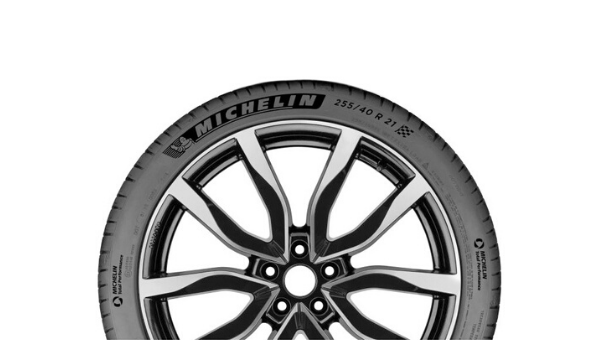
Knowing your rubber is as easy as reading the signs
Vehicle companies work closely with tyre manufacturers to create optimum vehicle performance. Tyres perform two very important roles, to support the weight of the vehicle, and to transmit drive and braking forces to the road.
Specified tyres for any given vehicle are listed on the ‘Tyre Placard’ usually fixed to the door pillar of most cars.
This placard specifies the tyre sizes fitted at the factory, and includes other information such as speed rating, recommended pressure and minimum load carrying capacity.
A tyre’s sidewall will typically feature four main pieces of information: the manufacturer’s name, the tyre model name, the load and speed rating and the size. It might look like this: Michelin Pilot Sport 255/40 R21 102Y.
255 refers to the tyre’s width (255mm); the number immediately after that refers to what’s called the aspect ratio (in this case 40 means the tyre section is 40 percent as high as it is wide); the letter ‘R’ refers to its radial ply construction and 21 refers to the wheel diameter of 21 inches. ‘102’ is the load index and Y is the speed rating (Y indicates 300km/h maximum).
Different tyres can be fitted, provided they meet the specified load carrying capacity, and do not vary by more than 15mm in overall diameter from the original.
Speed ratings on tyres are a physical measure of the maximum speed capable, and not a measure of roadholding ability. In Victoria, and most other states, replacement tyres can have different speed ratings, provided they meet at least ‘S’, which equates to 180km/h.
Words: VACC CEO, Geoff Gwilym. As featured in the Herald Sun 28 February 2020.
Share your thoughts! E: ceo@vacc.com.au